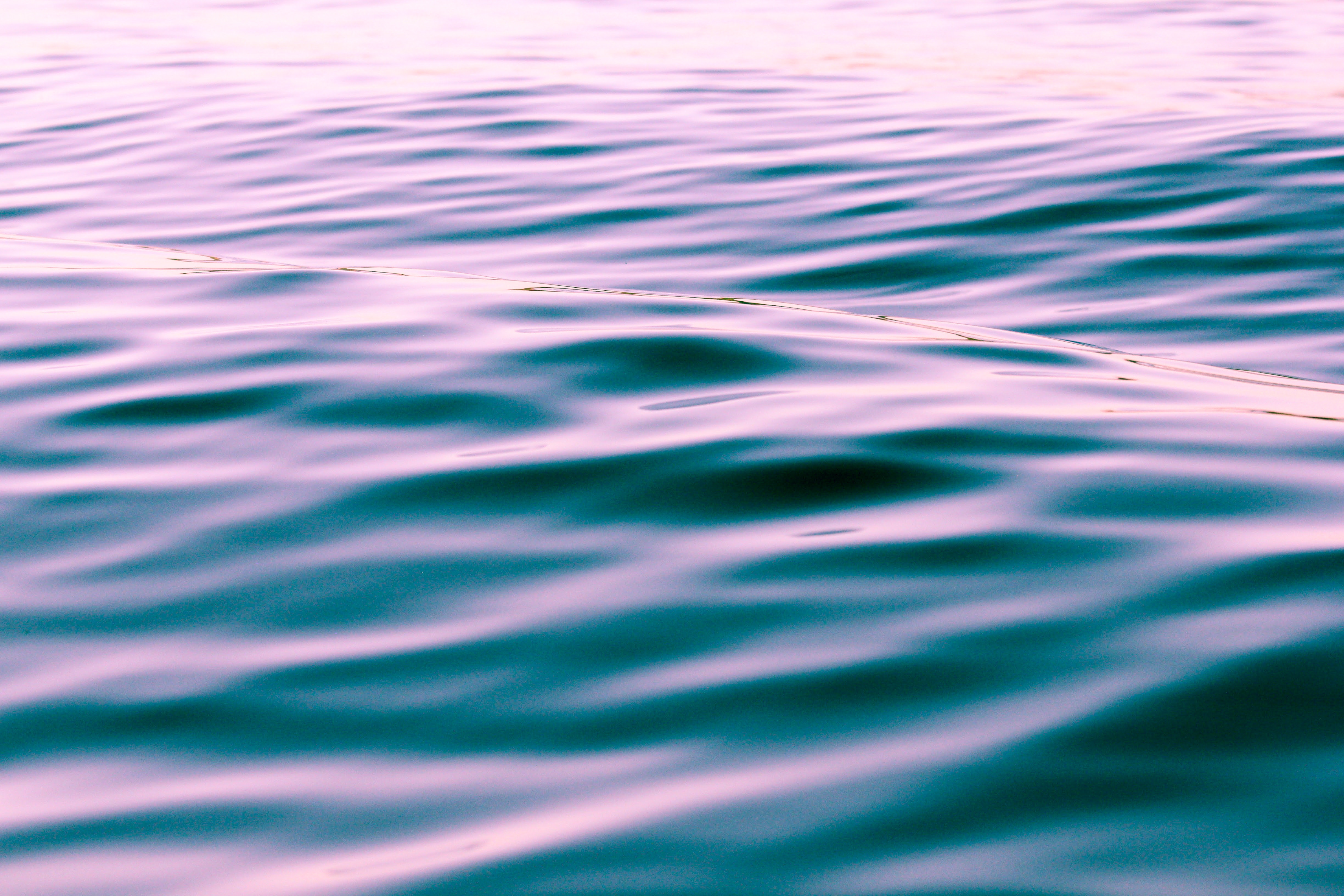Chemical pollution is caused by the release of chemicals from both industrial and domestic origins. It can result from the use of pesticides, detergents or heavy metals. Today, chemical pollution is not considered in the bathing water quality controls. However, it represents an important risk to human and marine life.
What is chemical pollution?
Bathing water quality refers to bacteriological analysis, which represents only one aspect of marine pollution. Yet, another type of badly-filtered pollution exists and affects the quality of the water: chemical pollution.
Chemical pollution includes a long list of chemical products used in daily life, mainly in three sectors: agriculture (pesticides, nitrates etc.), industry (heavy metals) and medicine (pharmaceutical products, medicated residues). All domestic products such as cosmetics and household products are included as well.

Many of those are toxic to the human health and to the marine fauna and flora. In fact, to this day, water treatment plants have not been conceived to eliminate those micropollutants. They do eliminate part of them but many chemical pollutants still exist in treated water.
What are the risks of this pollution?
On marine life
Those chemical pollutants, from treated water of not, industrial effluents and agricultural run-off infiltrates rivers, lakes and coastal waters. And what are the results? Appearance of foam in the rivers and seas, eutrophication (the presence of nitrates and phosphates stimulates algae bloom) that kills the waterways and suffocates aquatic life, disturbance of growth and reproduction of the marine fauna, etc.
Toxic substances contained in polluted water can be stored by aquatic plants. Their consumption can provoke digestive diseases. More generally, the harmful products are all absorbed (in different measures) by the marine organisms.
On human life
Chemical pollution, mostly invisible, can be found in the food that we eat and in the water where we drink and bathe.
Some of these pollutants act like endocrine disruptors, others enter through our skin. They are also found in the food chains, from microorganisms to the big fishes that we eat.
How to limit chemical pollution?
Information and sensitization of citizens on the issue of chemical pollutants is one of the top priorities so that the utilization of these pollutants changes. For example, using only 100% biodegradable detergents is necessary to save biodiversity.
As a citizen, we can also fight this pollution by making our household products by ourselves (dishwashing liquid, detergent) and cosmetics. Classical products contain mainly chemical substances like surfactants and phosphates, that can then be found in sewage. Sewage goes to water treatment plants, where chemical molecules are not all eliminated.


© Jeremy Bishop
Finally, even though some efforts have been made, political decisions and regulations must be adopted to fight the number of chemical products that pollute water. Measures must also be taken to oversee new pollutants (new generation of pharmaceutical products for instance) and improve and/or equip water treatment plants to eliminates those chemical products.
Chemical pollution is not managed enough and causes huge damages on the environment and human health. With its campaign “Voice for the Ocean”, Surfrider wants to know your opinion on the quality of the water to suggest adapted measures.

